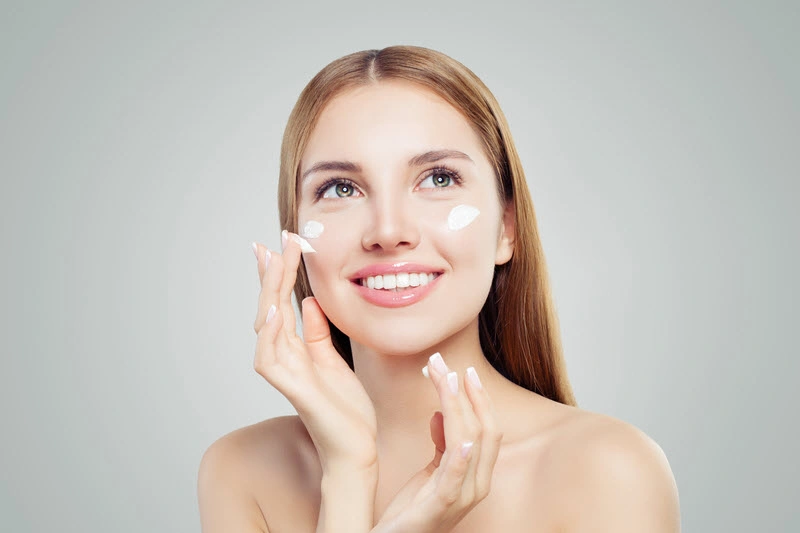Daily Skincare Regimen Made Light and Easy
Start Early... and Stay Consistent!
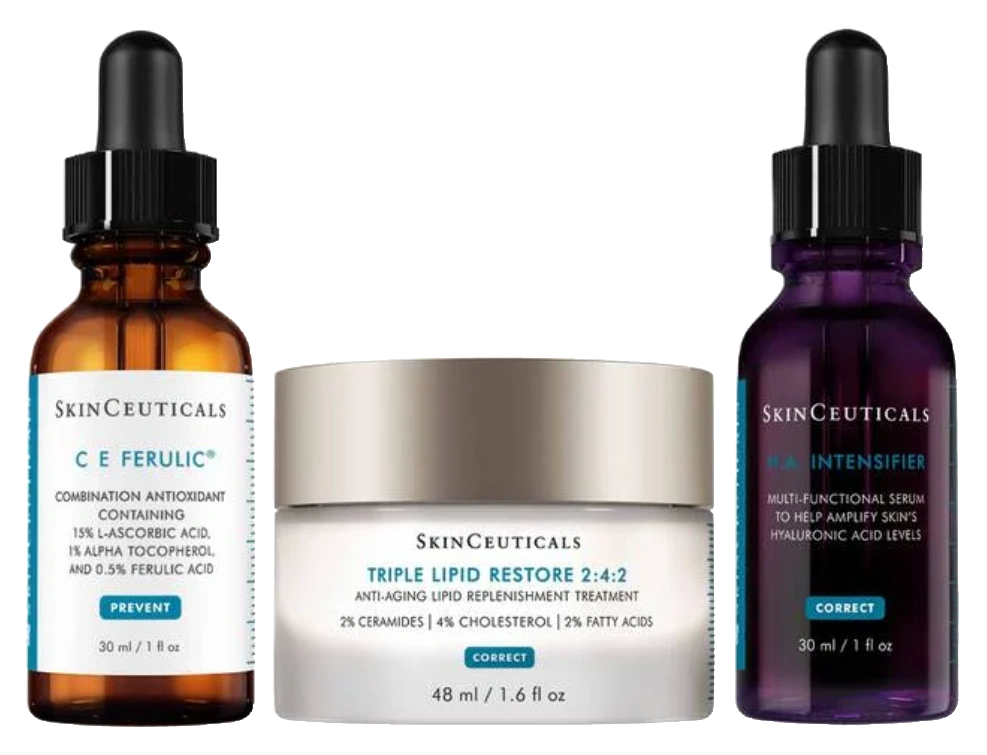
Anti-Aging Skincare Regimen
Begin Simple but Get Results…
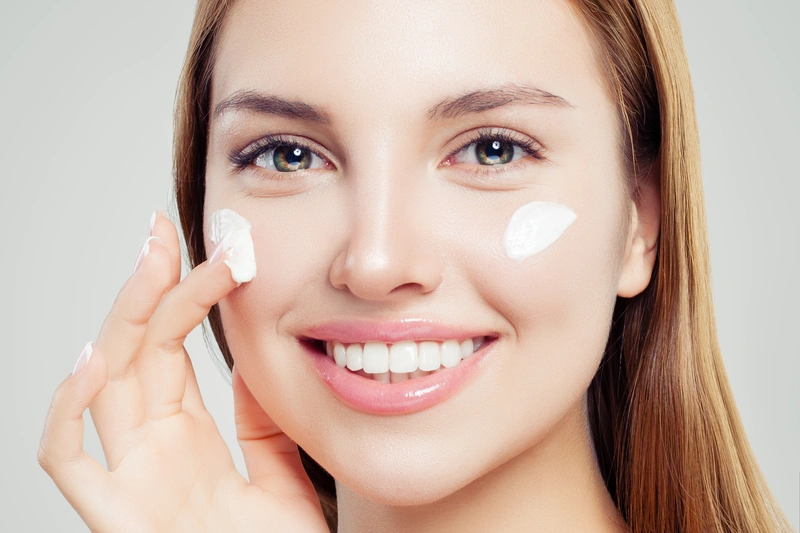
For Healthier Skin
Follow the Four Basic Steps Below…
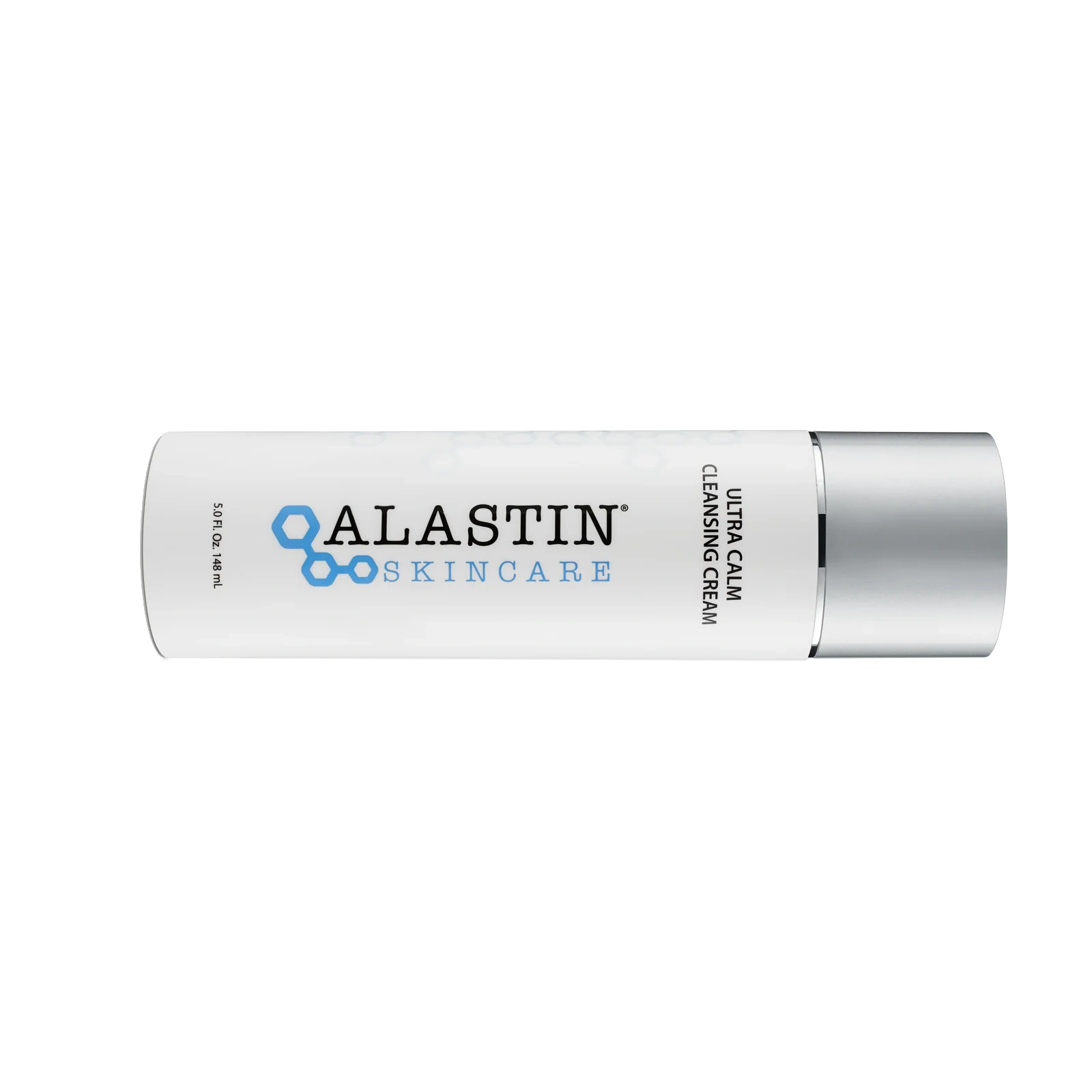
Cleanse Step 1
Facial Cleansing – The Essential Basic
Washing your face, in essence, is the most basic and essential step of any skincare routine. Notably, the skin comes in contact with environmental pollutants, dirt and other factors each day. Therefore, using a gentle cleanser to remove these impurities allow the skin to breath. Remember to wash twice a day, morning and night, to avoid clogged pores, dullness and acne.
Finding Your Facial Cleanser
The right formula cleanses your skin without stripping essential, healthy oils. For instance, skin that feels too tight and dry after washing means that the cleanser is probably too strong. Like most things in life, finding the right cleansers may be a trial-and-error journey. Take it easy with exfoliating scrubs (use once a week), and avoid those with crushed walnut shells or abrasive ingredients.
Washing your face, in essence, is the most basic and essential step of any skincare routine. Notably, the skin comes in contact with environmental pollutants, dirt and other factors each day. Therefore, using a gentle cleanser to remove these impurities allow the skin to breath. Remember to wash twice a day, morning and night, to avoid clogged pores, dullness and acne.
Finding Your Facial Cleanser
The right formula cleanses your skin without stripping essential, healthy oils. For instance, skin that feels too tight and dry after washing means that the cleanser is probably too strong. Like most things in life, finding the right cleansers may be a trial-and-error journey. Take it easy with exfoliating scrubs (use once a week), and avoid those with crushed walnut shells or abrasive ingredients.
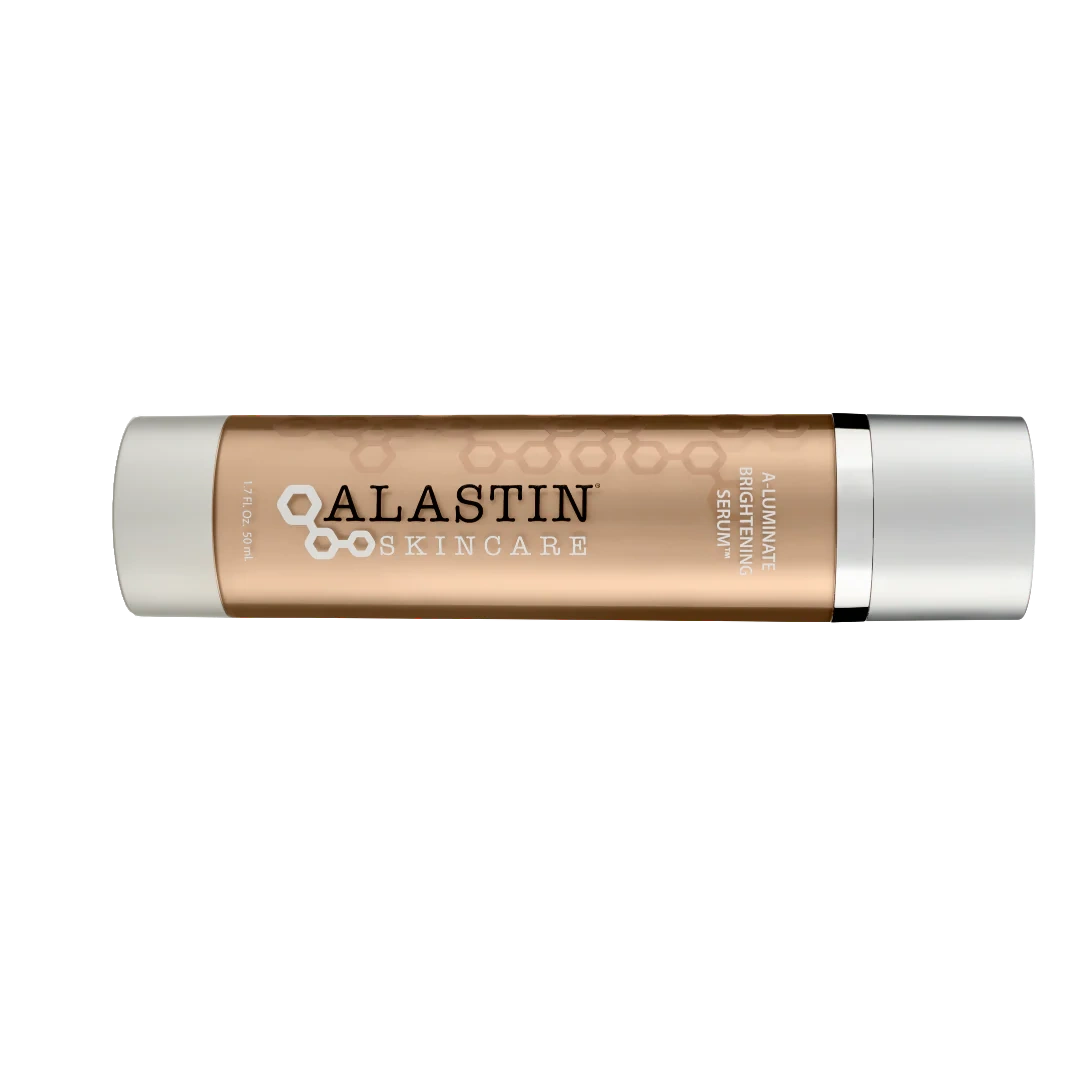
Toner and Serum Step 2
Using Toner and Serum
The word “toner” brings to mind the original alcohol-based product that was used to dry up oily skin and remove any leftover dirt following cleansing. Modern formulations, certainly, have evolved and gone a long way. Therefore, think of toner and serum as supplements. These liquids deliver extra nutrients, helping other products in your regimen absorb better, while still balancing your complexion. Most skincare experts consider toner and serum to be a good way to add in specific ingredients that you may not have in your other products or to add another layer of skin-replenishment.
Picking Your Toner and Serum
If you have the time and inclination, here are some key ingredients to look for:
The word “toner” brings to mind the original alcohol-based product that was used to dry up oily skin and remove any leftover dirt following cleansing. Modern formulations, certainly, have evolved and gone a long way. Therefore, think of toner and serum as supplements. These liquids deliver extra nutrients, helping other products in your regimen absorb better, while still balancing your complexion. Most skincare experts consider toner and serum to be a good way to add in specific ingredients that you may not have in your other products or to add another layer of skin-replenishment.
Picking Your Toner and Serum
If you have the time and inclination, here are some key ingredients to look for:
- Alpha and beta hydroxy acids to gently remove dead skin cells that can clog pores, improve sun-damaged skin and minimize dullness.
- Hyaluronic acid to boost hydration, seal in dewiness and plump skin to subtly treat fine lines.
- Rose water and green tea to calm irritation and reduce redness with an anti-inflammatory effect.
- Vitamin E and C to fight daily exposure to free radicals that can age your skin.
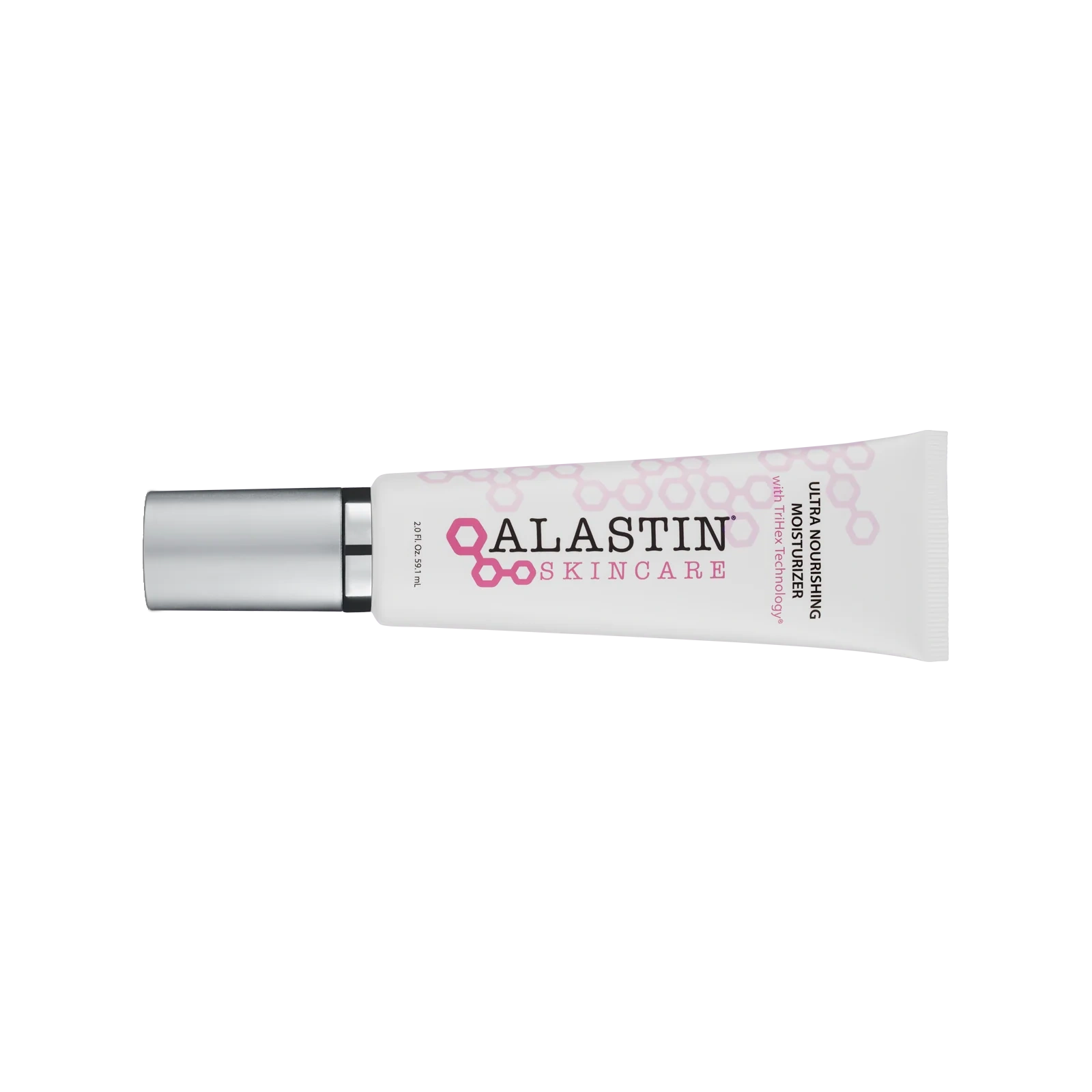
Moisturize Step 3
The Purpose of Using a Moisturizer
The most basic function of a moisturizer is to hydrate and soften the skin. Essentially, moisturizers assist in preventing water loss through the outer layers of skin. They can also complement the naturally found protective oils and other building blocks within the skin, such as ceramides. This is one product that doctors recommend using year-round, for all skin types. Skin naturally loses the ability to retain moisture as we age and daily activities, such as washing, can strip natural hydrators from the surface.
Picking Your Moisturizer
Everyone needs moisture, but your skin type will determine the texture of your moisturizer. Dry skin, for instance, works best with more oil-based and heavier moisturizer like cream or soft cream. Oily skin, on the other hand, goes better with water-based options that are light and absorbed quickly like gel. Normal or combination skin, in general, pairs best with the classic moisturizer such as lotion.
The most basic function of a moisturizer is to hydrate and soften the skin. Essentially, moisturizers assist in preventing water loss through the outer layers of skin. They can also complement the naturally found protective oils and other building blocks within the skin, such as ceramides. This is one product that doctors recommend using year-round, for all skin types. Skin naturally loses the ability to retain moisture as we age and daily activities, such as washing, can strip natural hydrators from the surface.
Picking Your Moisturizer
Everyone needs moisture, but your skin type will determine the texture of your moisturizer. Dry skin, for instance, works best with more oil-based and heavier moisturizer like cream or soft cream. Oily skin, on the other hand, goes better with water-based options that are light and absorbed quickly like gel. Normal or combination skin, in general, pairs best with the classic moisturizer such as lotion.
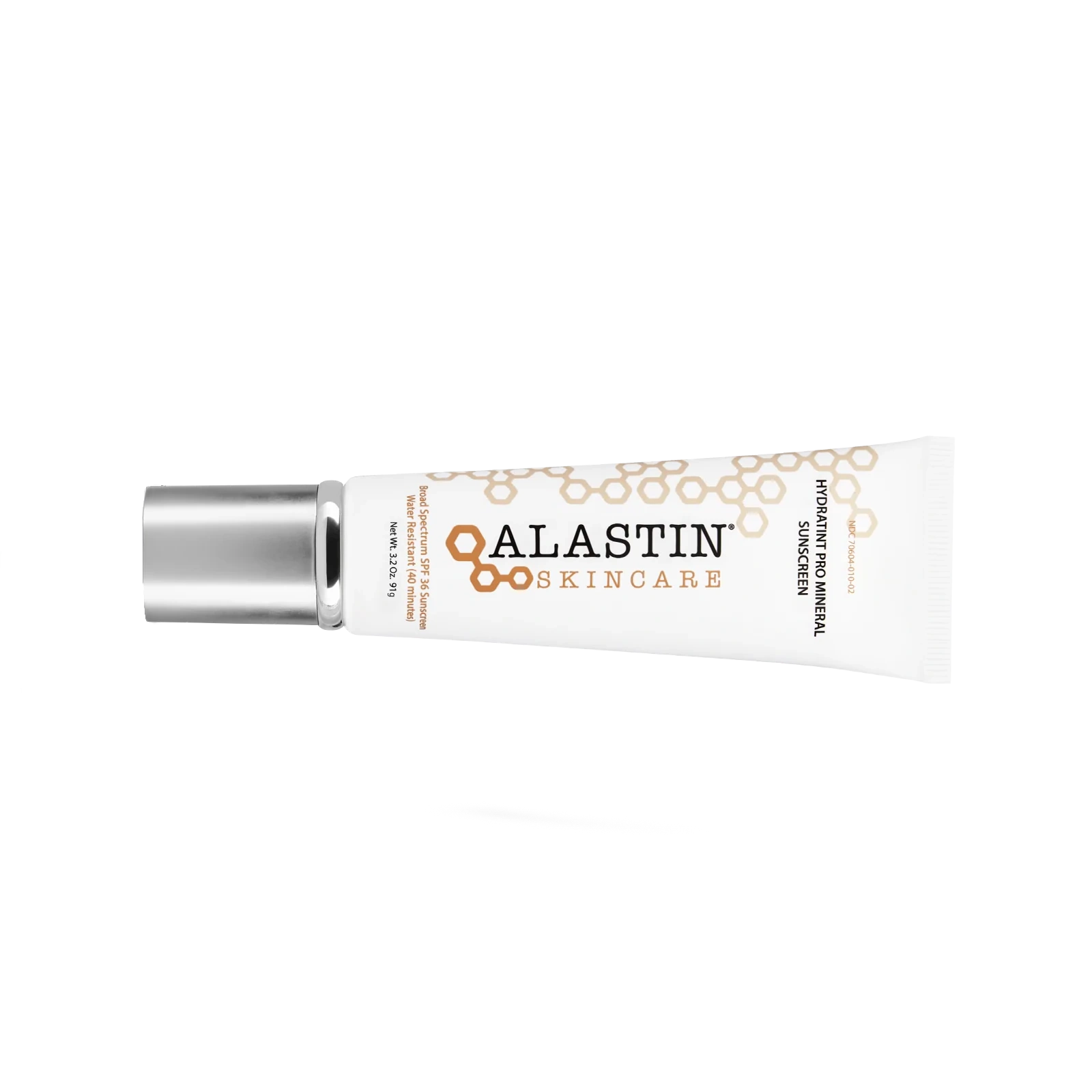
Sunscreen Step 4
The Most Important Skincare Product
All skin experts agree that the most crucial skincare product always is sunscreen. Year-round and consistent sunscreen use helps to prevent the development of fine lines and wrinkles, textural imperfections, and changes in the appearance of pores over time. Moreover, daily sunscreen applications help to prevent certain skin cancers. To make life easier, skin experts recommend using broad spectrum SPF of at least 30 with a built-in moisturizer.
Too Many Sunscreen Formulas to Choose
There’s a lot of debate over which sunscreens are best and safest for your complexion. You have two types of ingredients in formulas:
Chemical ingredients, like oxybenzone and octinoxate, are absorbed into your skin to counteract the damage from ultraviolet light. These sunscreens are lightweight, easy to apply and transparent on the skin. Yet, they can irritate and cause reactions in those with sensitive skin.
Physical ingredients, like titanium dioxide and zinc oxide, sit on top of your skin to deflect or prevent UV rays from entering your body. Theses sunscreens have very little risk of irritation or health concerns. However, they often leave a white or grayish tint on the skin, particularly in those with darker skin tones.
Typically, using sunscreens that contain a combination of physical and chemical blocking components will provide protection from both UVA and UVB rays and do not create any visible residue.
All skin experts agree that the most crucial skincare product always is sunscreen. Year-round and consistent sunscreen use helps to prevent the development of fine lines and wrinkles, textural imperfections, and changes in the appearance of pores over time. Moreover, daily sunscreen applications help to prevent certain skin cancers. To make life easier, skin experts recommend using broad spectrum SPF of at least 30 with a built-in moisturizer.
Too Many Sunscreen Formulas to Choose
There’s a lot of debate over which sunscreens are best and safest for your complexion. You have two types of ingredients in formulas:
Chemical ingredients, like oxybenzone and octinoxate, are absorbed into your skin to counteract the damage from ultraviolet light. These sunscreens are lightweight, easy to apply and transparent on the skin. Yet, they can irritate and cause reactions in those with sensitive skin.
Physical ingredients, like titanium dioxide and zinc oxide, sit on top of your skin to deflect or prevent UV rays from entering your body. Theses sunscreens have very little risk of irritation or health concerns. However, they often leave a white or grayish tint on the skin, particularly in those with darker skin tones.
Typically, using sunscreens that contain a combination of physical and chemical blocking components will provide protection from both UVA and UVB rays and do not create any visible residue.

